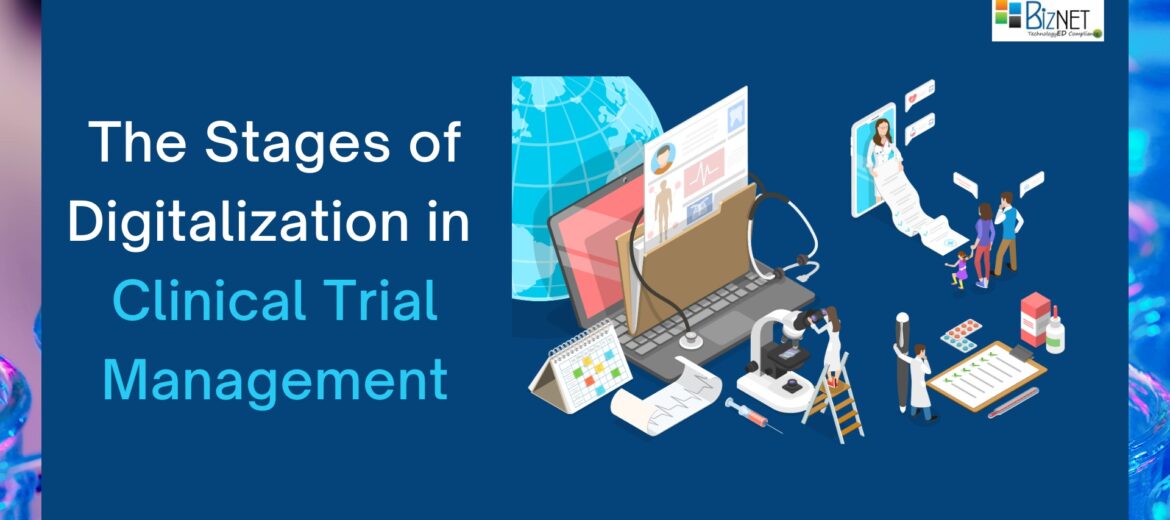Successfully managing a clinical trial in today’s fast-paced world requires embracing various degrees of digitalization. One powerful tool for digitalization in clinical trial management is a Clinical Trial Management System (CTMS). However, it’s essential to recognize that merely adopting a CTMS does not guarantee improved quality or efficiency in your trial operations. The effectiveness of CTMS systems lies in how well they are utilized – they can either serve as subpar replacements for spreadsheets or become powerful digital assets that drive maximum return on investment (ROI).
We can identify four levels of digitalization in Clinical Trial Management system implementation maturity:
Level 1 – Spreadsheets and Email:
The most common approach involves using spreadsheets, emails, and file servers to store scanned images of documents. While this method is widely employed, it lacks the full benefits of digitalization.
Level 2 – Non-digital CTM:
At this stage, organizations begin integrating Clinical Trial Management, where tasks are manually entered, checked off, and scanned images of documents are still used. Although it represents an advancement from spreadsheets, the majority of activities are still created and confirmed manually. While CTM is added to the process, the overall benefits may be minimal compared to the associated costs.
Level 3 – Basic Digitization of Clinical Trial Management System Usage:
Leveling up involves leveraging the digital aspects of the CTMS. For example, moving from scanned image documents to digital forms allows for data processing and management of the form’s contents. This shift enables actions and workflow automation based on the form’s content, such as automatically assigning tasks to another person after the form is signed. However, the success of Level 3 can be influenced by stakeholder involvement; if key documents originate from sites without access to the system, progress may be hindered.
Level 4 – Advanced Digitization of Clinical Trial Management System Usage:
Building upon Level 3, Level 4 introduces workflow automation for processes. When someone completes a digital form, it can be sent to a group for review and comments, triggering automated steps in the workflow process. This automation reduces manual intervention and greatly impacts throughput and the delivery of automated Key Performance Indicators (KPIs). Project Managers and other stakeholders can now rely on automated task lists and reports, making the entire process more efficient.
Throughout the stages from 2 to 4, the same CTMS can be used, but the key differentiator is how effectively it is digitally applied. By embracing the full potential of your CTMS and eTMF, you can transform what might have been an expensive spreadsheet into a significant operational advantage. It is crucial to not only think about process optimization but also explore opportunities for automation within your CTMS. By doing so, you can unlock the true power of Digitalization in Clinical Trial Management and achieve superior outcomes for your trials.
About BizNET
BizNET-CTM by Sarjen Systems is a multi-functional platform which allows a CRO (Contract Research Organization) in planning, managing, designing, executing, monitoring and analyse trial-related activities and data in adherence to the protocol obligations and regulatory requirements. It is an end-to-end solution suite which caters to the needs of clinical research project starting from project management, feasibility assessment, volunteer or patient enrolment using iris recognition technology, capturing clinical trial data, the multi-level review process, data compilation to data archiving. Contact us to book a demo.


